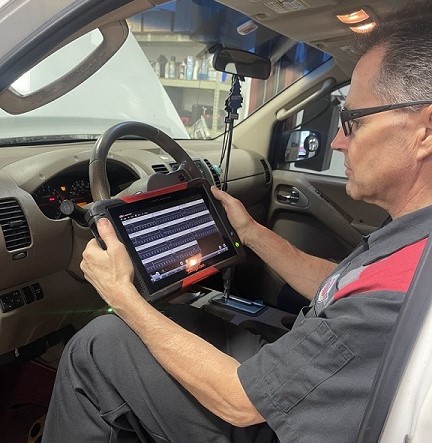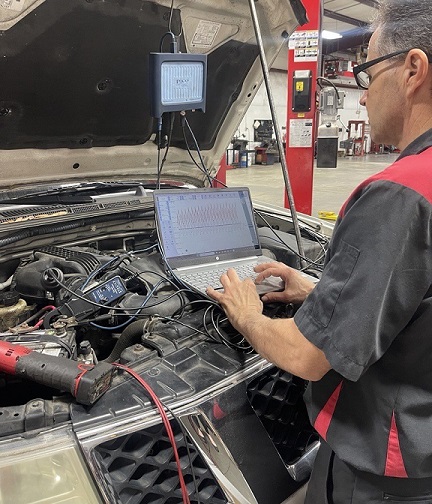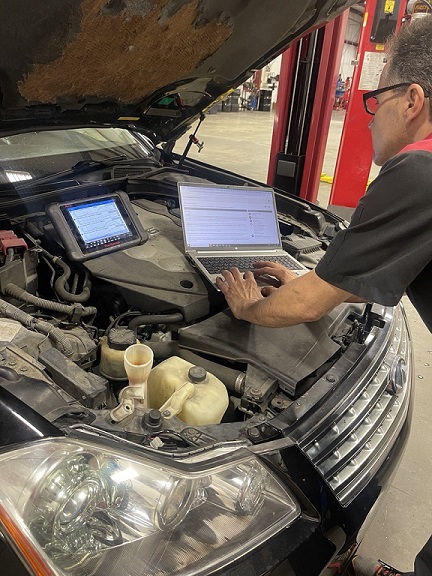
Have you ever had the dreaded check engine light appearing on your dashboard. Have you wondered how does that computer generated light lead to diagnostic testing? The alpha numeric trouble code will provide a base guide or starting point for the technician to begin the diagnosis.
How can this trouble code aid a technician during the diagnosis? Trouble codes often pinpoint a specific system of a vehicle and can cover a wide range of possible issues in those various systems of the vehicle. Here is a great example:
You have a check engine light on and the trouble code that indicates a misfire on a specific cylinder of the engine, what could this mean?
1. a faulty spark plug?
2. a malfunctioning fuel injector?
3. a problem with the ignition system?
4. a restricted exhaust system?
5. a failed head gasket?
As you see, it can lead to multiple systems a technician must look at in order to determine the ultimate root cause. A technician may utilize a scan tool for the retrieval of trouble codes, then freeze frame data to capture the fault if necessary, and to monitor live-stream data.

Is the problem intermittent, which is sometimes the case. In these instances, warning lights may not be present when you bring your vehicle in for diagnosis, but most times there is a trouble code stored in history. A technician can then use a diagnostic tool combined with duplication of the fault or malfunction to diagnose the root cause and recommended procedure to correct. While this is time consuming, it is often to get real time duplication and accurate diagnosis.

In today's world of advanced vehicles, diagnosing and resolving problems is not as basic as it once was. Technician knowledge and years of experience is invaluable in today’s repair world. Entrusting your vehicle to a certified professional will give you peace of mind in knowing one of your most prized possessions will soon be back on the road.